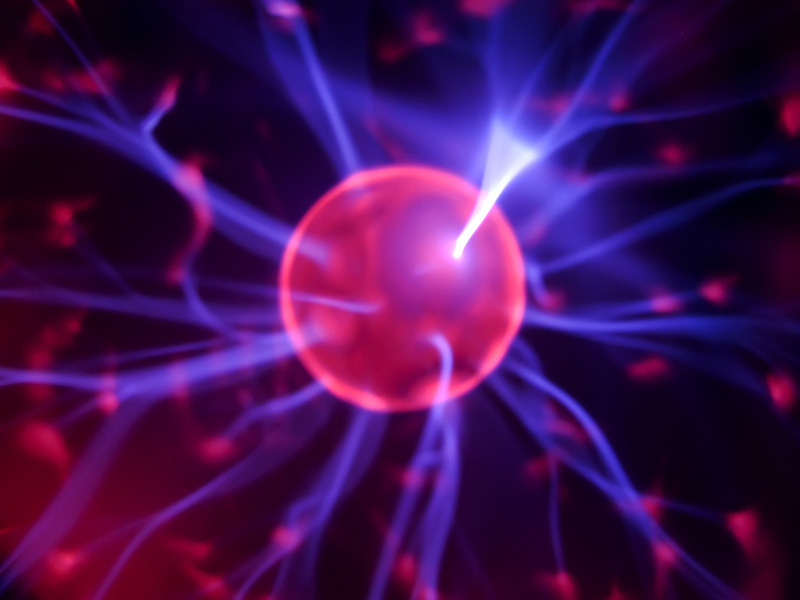Connections, Inside and Out
Fall
2013
The Director's Space
Connections, Inside and Out
Toni Sauncy
The 2012 Physics Congress hosted by Sigma Pi Sigma (“PhysCon”) set the mark for achieving a lasting impact, emphasizing its importance as the place where the undergraduate physics community makes connections. In the year since the event in Orlando, our activities have been centered on PhysCon’s “connecting worlds” theme, continuing the tradition of having the congress serve as a guide for the society. The gathering has stimulated broad efforts to reach out to the larger undergraduate physics community and impact even more students and their mentors. The new connections formed, both professional and personal, will undoubtedly influence the course of many students’ decisions and interests, as well as, ultimately, their career choices.

The desire to make connections through social interaction is apparently hard wired into our brains, even for those of us who practice physics. In a recent book, Social: Why Our Brains are Wired to Connect, Matthew Lieberman presents compelling evidence that our need to connect with others is one of the driving motivators behind our behavior.1 Written for an audience with no background in neuroscience, the book presents research from the relatively new interdisciplinary field of social cognitive neuroscience and includes some serious physics as it explores the analysis of fMRI scans and the physical processes in the brain associated with social interactions. The work presented in the book suggests that our brains get serious “rewards” for social interactions, and that the need for social connections with others is as fundamental as our physical needs of food and water. The neural connections formed in our brains make up the network that stores memories, allowing us to re-experience those rewards. Thus, in a very real way, it is our connections, both externally with each other and internally in our brains, that give rise to our knowledge of the world and who we are. Leiberman’s book joins other research in social neuroscience to suggest that our learning, our growth, and our development as individuals are inherently tied to our connections with others.2 In this issue of Radiations, we continue to cover the connections made at the last meeting of the Sigma Pi Sigma congress, and we delve into the importance of our contributions to those connections as members of the society.
This is a profound notion, that our lives are largely determined by our relationships, and our social networks parallel the physical networks formed among our brain cells. New relationships create new professional connections, just as new thoughts and ideas form new connections within our brains. The implications of this parallelism is far reaching. For example, the research presented in Leiberman’s book has begun to explore and explain the observation that the human brain reacts to physical pain or pleasure in nearly the same way that it reacts to social pain or pleasure. Evidently we experience the same pleasure when we give away money for a good cause as we do when we are rewarded with a monetary prize. This explains our need to give back, to mentor, and to support those causes that have been influential in our own development as professionals, forming new connections that define who we are individually and as a group.
Sigma Pi Sigma may be broadly considered “the physics alumni society.” It connects us, no matter what our current position or interests, to a point in time when we were recognized for our academic achievements, more specifically, for our accomplishments in physics. These connections have been the foundation of Sigma Pi Sigma since 1921, when a small group of students with a common bond began to grow a network of like-minded students.
We have always known that these networks are essential to our profession and to physics, and that contributing to the group is a good thing. As scientists, it is always gratifying to discover that the experimental measurements agree with our intuitive notions.
1 Matthew D. Lieberman, Social: Why Our Brains are Wired to Connect, Crown Publishing, October 8, 2013.
2 Anthony J. Greene, Special Report: Memory, Scientific American Mind 21, 22 - 29, 2010.
